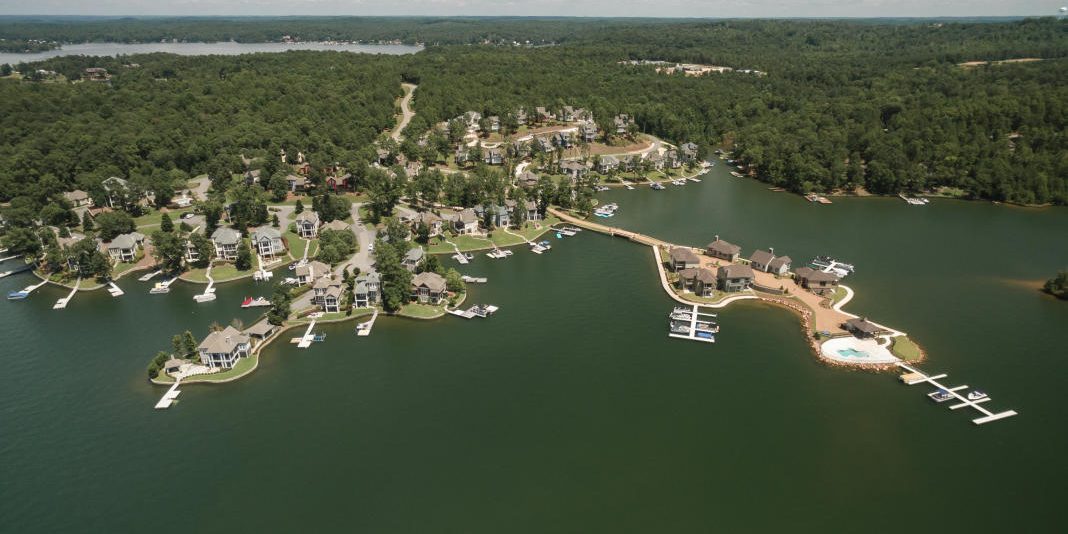Numerous articles from retail “specialists” are soaring through my social media feeds as the Gospel of Retail Real Estate continues to be dissected with prophetic fervor. Many, if not most have been far from “Good News” for brick and mortar retail. The tension that exists in discovering how best to drive traffic and increase sales revenue has been a conversation within the category for a millennia however with annual increases in online shopping, this fever pitch conversation begs the question “Is there actually anything new left to do under the sun?”
In 1991, a group of Rouse Company executives held a meeting at Atlanta’s Perimeter Mall focusing on how best to market the center with a looming renovation and expansion and a higher than normal number of anticipated tenant closures. The online threat to physical retail was not on anyone’s radar. Perimeter was, and remains, a regional shopping destination with a very strong tenant mix surrounded by office towers filled with time-constrained professionals coupled with higher income suburban “soccer moms” within a 1-5 mile radius. With a marketing budget exceeding $1M, funds were available to set a regional standard for holiday events, plus offer unique and quality entertainment to accommodate the many families that live in the area. Entertainment (or Special Events) was a valued cornerstone of the marketing platform along with advertising, a widely circulated 4 color print catalog and public relations.
The discussion turned toward taking a determined look at the level of customer service offered given the need for surrounding professionals to get in and out quickly while locating everything they came to purchase. The decision was made to expand the customer service initiative to a daily program with longer hours while adding stand-alone podium positions around the center. This was to insure that all guests on property had access to an easily identifiable ‘live’ person to engage for answers, thereby expediting the shopping experience. The associates were well versed in tenant merchandise offerings and frequently toured Perimeter to gain knowledge on products and merchant’s in-store promotions. The customer service results were measurable through sales that increased month over month, then year over year. The comments and grateful remarks returned from guests were proof that providing a consumer centric service approach was a winning strategy. The service associates provided invaluable data and customer insights while exponentially improving the quality of the overall experience of the center. Service was and still is the secret sauce of every retail enterprise – this is nothing new under the sun and has never changed.
The annual cost of the customer service program was $125,000, a noticeably large sum even for a regional shopping center but far less than the total cost of the entertainment: Santa’s Holiday Arrival with accompanying center-wide holiday décor package installed on “Black Sunday”, a Circus, Easter Bunny photo display, assorted radio on-air remotes and promotions, a stream of musicians and balloon twisting clowns parading through the week.

The need to add a large entertainment/ experience figure as a line item to a budget to drive traffic and create a sense of community goodwill should not be assumed. Events are very expensive, are highly labor intensive and take months of planning. The location of the shopping destination and surrounding demographics should determine if entertainment is a solution or if other implementation should be considered. People do have a strong need for connection and community and they enjoy a familiar sense of place. These needs are drivers for people’s habits and can determine where they shop.
If online shopping increases are a result of time constrained lives, it would seem time would remain an issue in attending any in-store or in-mall events but offering services strokes consumer need. Special events historically result in an increase in sales on the day of but are not found to increase revenue over time. Events should not be produced to increase revenue but perhaps attract people to the destination they may not normally visit or for the purposes of community goodwill. People enjoy and find value in meeting other like-minded individuals so establishing book clubs, kids clubs, gardening clubs can support community building while consistently bringing people in with common interests.
Recently noted was an article on Nordstrom Local, a 3000 SF store in L.A. that does not sell merchandise, but serves as a drop off or pick up for online customer orders. Nordstrom Local stores will be fitted with dressing rooms to allow customers to try on clothes, choose from a list of service offerings such as a manicure or work further with a stylist. Nordstrom may be looking ahead to the day where they believe their department stores will no longer be needed; when all shopping is pursued online and an order is merely pulled from a warehouse shelf and shipped to a customer or the ‘local’ Nordstrom store. This approach dramatically reduces the overhead of constructing and maintaining multi-million dollar brick and mortar stores across the country that are on average 140,000 square feet. To most of us – all the experience we need comes simply by walking through a fine store such as Nordstrom and being helped by knowledgeable sales people that authentically want to assist. When beautiful stores like Nordstrom silence themselves in an effort to become more relevant – they in fact set the stage for decline of the very industry they have helped to build for 100 years but with over 120 stores and 20-30 year leases in place, it will obviously be awhile before we see the full departure from the marketplace.
The future for data-smart brick and mortar retail is bright. Agile, hyper service oriented stores with well-trained, attentive staff will thrive. A visually compelling, easy to use online presence which also serves to stabilize pricing in the marketplace is an essential adjunct to every smart brick and mortar enterprise. The future seems even brighter for restaurant concepts that are unique, specialized, patron centric and of course, consistently serve a great product. Restaurants are unequivocally considered entertainment – a fun night out with friends or family fills the need for connection and community. People are people with needs that change little – but what is changing on the retail scene? The ‘want’ – the consumer demand for instant gratification, wider selection and best available pricing.
The dramatic speculations are everywhere on what retail looks like on the horizon but in the words of King Solomon:
That which has been is what will be,
That which is done is what will be done.
And there is nothing new under the sun.
My sentiments exactly.
Tracy Gatewood is a broker with Alabama-based Gatewood Retail and specializes in tenant representation for retail, restaurants and land for development. Her background includes Assistant Dir of Marketing, Perimeter Mall, Atlanta, Marketing Manager, Riverchase Galleria, and former owner Bottom Line Resources, an Atlanta-based staffing service for hospitality and concierge programs. Gatewood Retail is an affiliate of Keller Williams Realty. Facebook.com/GatewoodRetail





